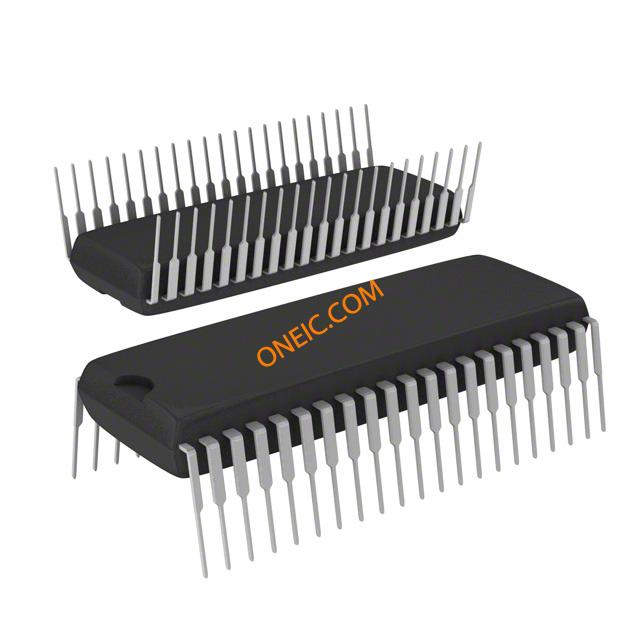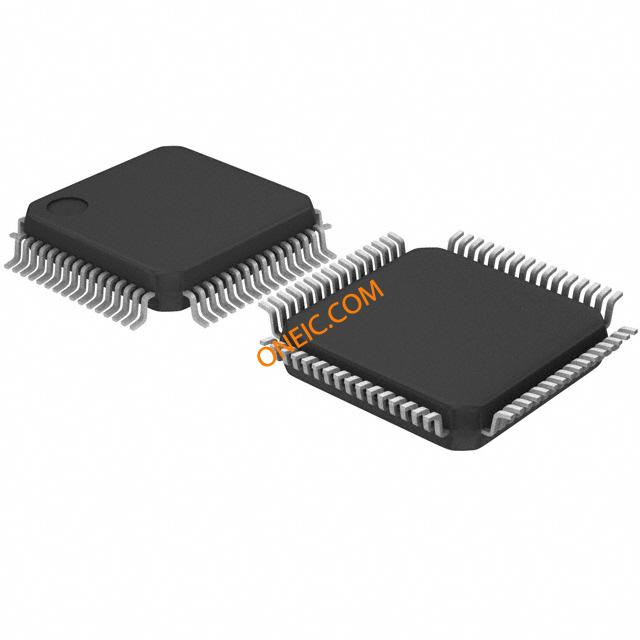ST72C334
8-bit ST7 microcontrollers with flash memory, SPI/SCI, and multiple package options
Manufacturer: stm
series introduction
# Introduction to the ST72C334 Product Series
## 1. Overview
The ST72C334 product series is a remarkable line of microcontrollers developed by STMicroelectronics, a global leader in semiconductor solutions. These microcontrollers are designed to offer a high - performance, cost - effective, and versatile solution for a wide range of embedded applications. With their advanced features and robust architecture, they have become a popular choice among engineers and developers in various industries.
## 2. Key Features
### 2.1 CPU and Memory
- **CPU Core**: The ST72C334 microcontrollers are based on the ST7 core, which is a high - performance 8 - bit RISC (Reduced Instruction Set Computing) architecture. This core provides fast execution of instructions, enabling efficient processing of tasks. It has a wide range of addressing modes and instructions that allow for flexible programming and optimization of code.
- **Memory Configuration**:
- **Flash Memory**: These microcontrollers come with a significant amount of on - chip flash memory. The flash memory is non - volatile, which means that the program code stored in it is retained even when the power is turned off. This allows for easy reprogramming of the device during development and in - field updates. The capacity of the flash memory in the ST72C334 series is sufficient to store complex application programs, making it suitable for applications with demanding code requirements.
- **RAM**: Alongside the flash memory, the ST72C334 has an on - chip Random Access Memory (RAM). The RAM is used for storing temporary data during program execution, such as variables, stack, and intermediate results. The available RAM size ensures smooth operation of the microcontroller and efficient handling of data - intensive tasks.
### 2.2 Peripherals
- **Timer/Counters**: The ST72C334 series is equipped with multiple timer/counters. These timers can be used for a variety of purposes, such as generating accurate time delays, measuring time intervals, and generating pulse - width modulation (PWM) signals. PWM signals are commonly used in motor control applications to control the speed and torque of motors. The timers can be configured in different modes, providing flexibility to meet the specific requirements of the application.
- **Serial Communication Interfaces**:
- **UART (Universal Asynchronous Receiver - Transmitter)**: The UART interface allows for asynchronous serial communication between the microcontroller and other devices. It is commonly used for communication with sensors, displays, and other serial - enabled peripherals. The UART supports different baud rates, enabling seamless communication with a wide range of devices.
- **SPI (Serial Peripheral Interface)**: The SPI interface is a synchronous serial communication protocol that provides high - speed data transfer between the microcontroller and other SPI - compatible devices. It is often used for communicating with external memory chips, sensors, and other high - speed peripherals. The SPI interface supports full - duplex communication, allowing for simultaneous data transmission and reception.
- **I²C (Inter - Integrated Circuit)**: The I²C interface is a multi - master, multi - slave serial communication protocol that is widely used for connecting low - speed peripherals, such as EEPROMs, sensors, and real - time clocks. The I²C interface uses a two - wire bus, which simplifies the hardware design and reduces the number of pins required for communication.
- **Analog - to - Digital Converter (ADC)**: The ST72C334 microcontrollers feature an on - chip ADC. The ADC is used to convert analog signals from sensors (such as temperature sensors, pressure sensors, etc.) into digital values that can be processed by the microcontroller. The ADC has a certain number of channels, allowing for the simultaneous sampling of
Images for reference

44-LQFP

42-DIP

64-LQFP